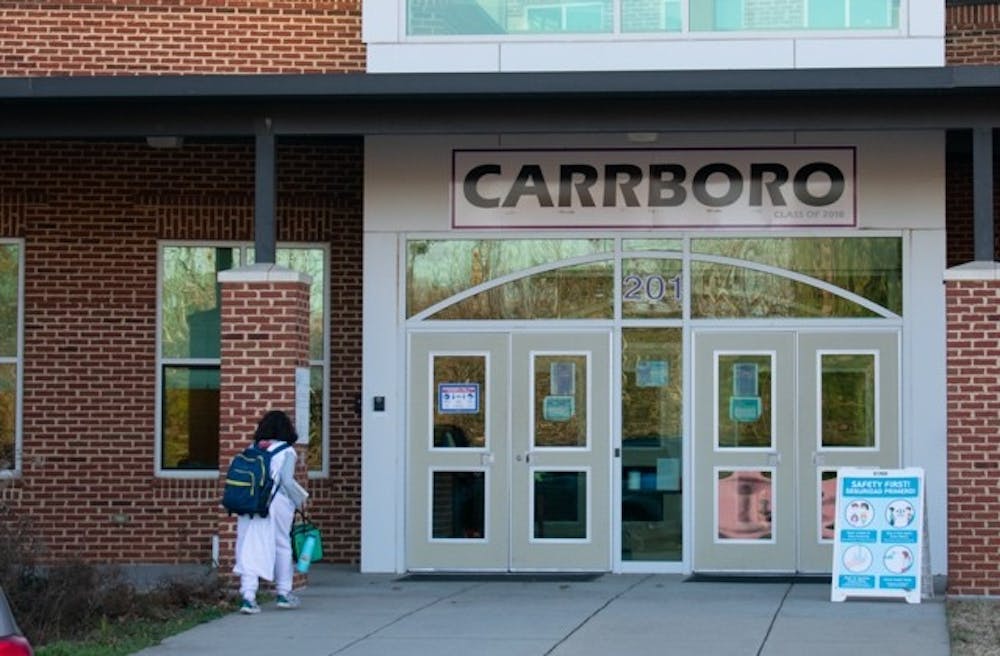Laura Hill was in a work meeting when she received texts from her son at Carrboro High School that the school had entered secure mode, a protocol utilized by Chapel Hill-Carrboro City Schools to safeguard students and staff within buildings during emergencies by locking all doors.
Carrboro High School entered secure mode the day after a social media post circulated online where multiple CHCCS students were mentioned as potential targets for violence.
The Chapel Hill Police Department later released a statement deeming the social media post as not credible and identified a juvenile responsible.
“You just don't even know how to take it," Hill, who's the parent of a Carrboro High School senior and a Culbreth Middle School seventh grader, said. "It's all very unsettling — it's like, every week.”
Ian Baker, Hill's son, said he was thrown off by the situation and could not focus on learning for the rest of the day.
“I feel like, if there was a really bad threat and stuff, we wouldn't know until it was too late,” Baker said.
CHCCS Chief Communications Officer Andy Jenks said threats of school violence are not unique to CHCSS.
“You can call around to every school district in our area, and they will tell you that they deal with this multiple times throughout a school year,” Jenks said.
Earlier this month in Alamance County, two juveniles were charged with threats of mass violence on educational property. An 11-year-old in Gaston County was also arrested in September in connection with school shooting threats posted on social media.



